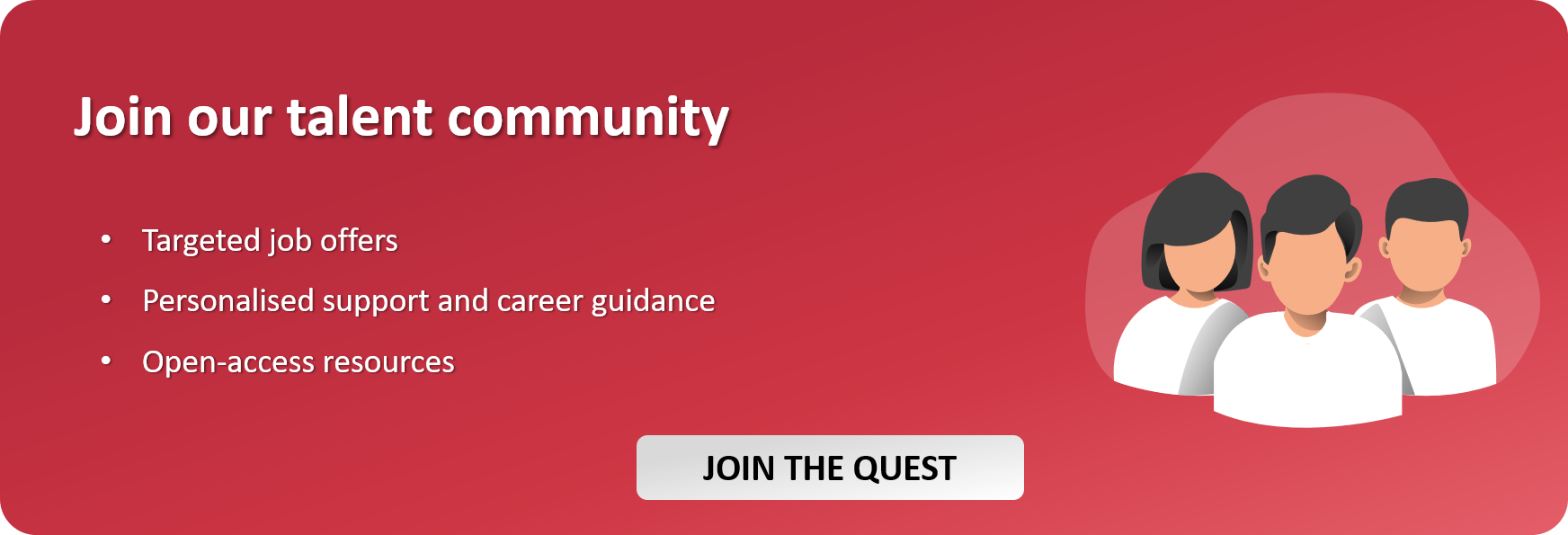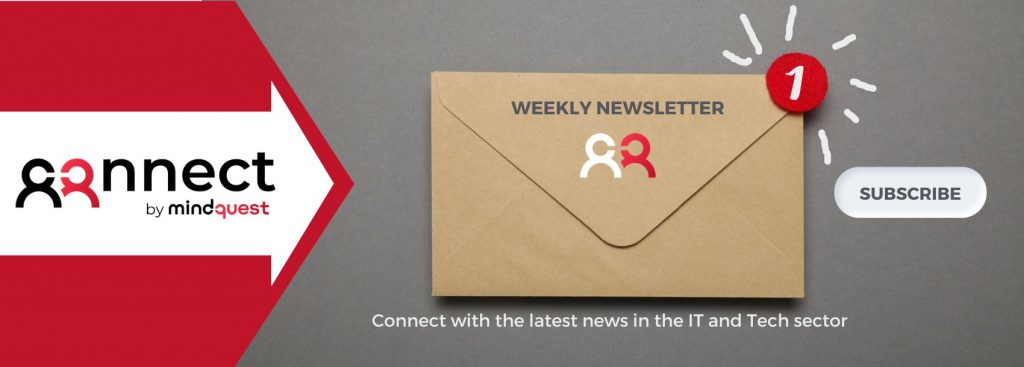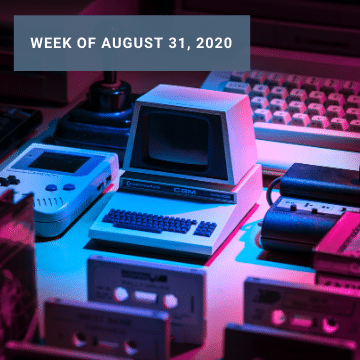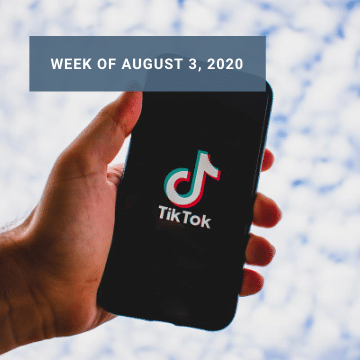Translating Cat Meows; what the EU could do about emissions; Quantum moves ahead; and an anti-poaching cloud cover… Discover our Weekly News.
Translating Cat Meows: Do you speak cat?
What did the cat just say?
According to research, cats do not share a common language. Every cat is unique and tailors its meows to its owner (a.k.a. human servant). And, just like it happens with people, some cats are chattier than others.
Well, a former Amazon Alexa developer has created an app that leverages AI and machine learning to translate those meows into human language.
MeowTalk already has 13 phrases in its vocabulary, including “Feed me!” and “Leave me alone.”
You can bet you’ll be hearing the first one a lot more.
What the EU could do about emissions
The use of renewable energies and other traditional approaches to curbing emissions are no longer enough if the EU wants to meet its 2050 climate-neutrality target.
Enter technology.
From large-scale, data-powered simulations of the Earth’s climate to green data centers, there are plenty of emerging technology initiatives underway for which EU funding could be a game-changer.
The folks at Politico have compiled a shortlist for you to bring up over dinner.
Quantum moves ahead
Several of the world’s leading research institutions and tech companies have been working on their own take on quantum computing for a while now.
One of the key differences between the various approaches out there is what is used as the basis of the computer’s qubits, the basic units of information on which quantum computers operate.
While technology juggernauts like IBM and Intel had traditionally opted for using tiny superconducting loops as qubits, the use of trapped-ion systems remained marginal.
Now that is changing. Ion traps have gained traction, which is good for competition.
An anti-poaching cloud cover
The Zoological Society of London (ZSL) has revealed how its collaboration with Google Cloud is helping protect endangered species from poachers.
Beyond developing custom machine learning models to identify and track threatened animals across the globe, ZSL used a network of acoustic sensors to listen for gunshots in a nature reserve in Cameroon.
The organisation then used the data collected to generate insights on poacher activity, revealing key details like what time of day poachers tend to be more active and where.
ZSL hopes to evolve these insights into a monitoring system that is able to provide alerts in real time.

Check out our interviews from our podcast episodes.


















